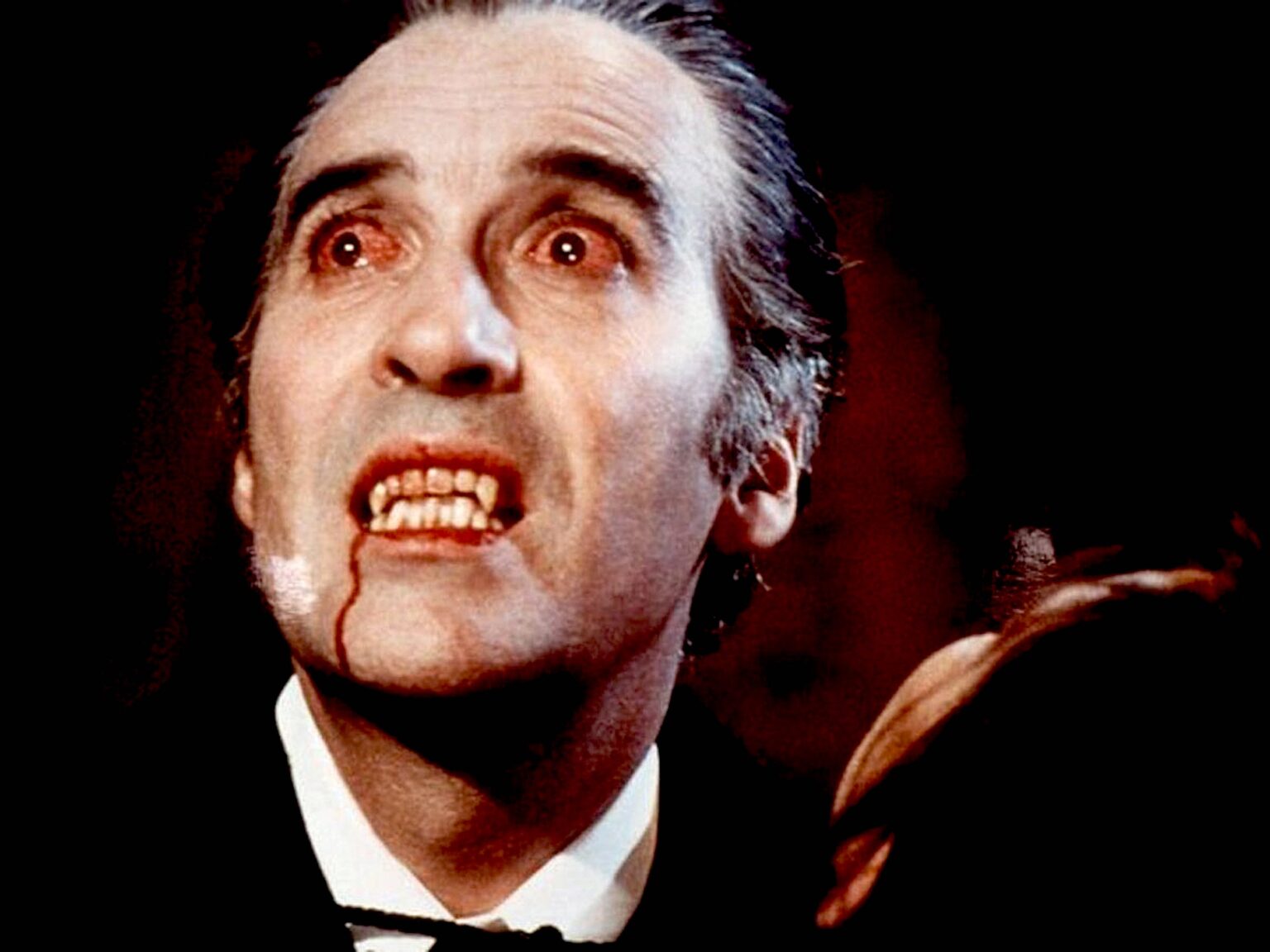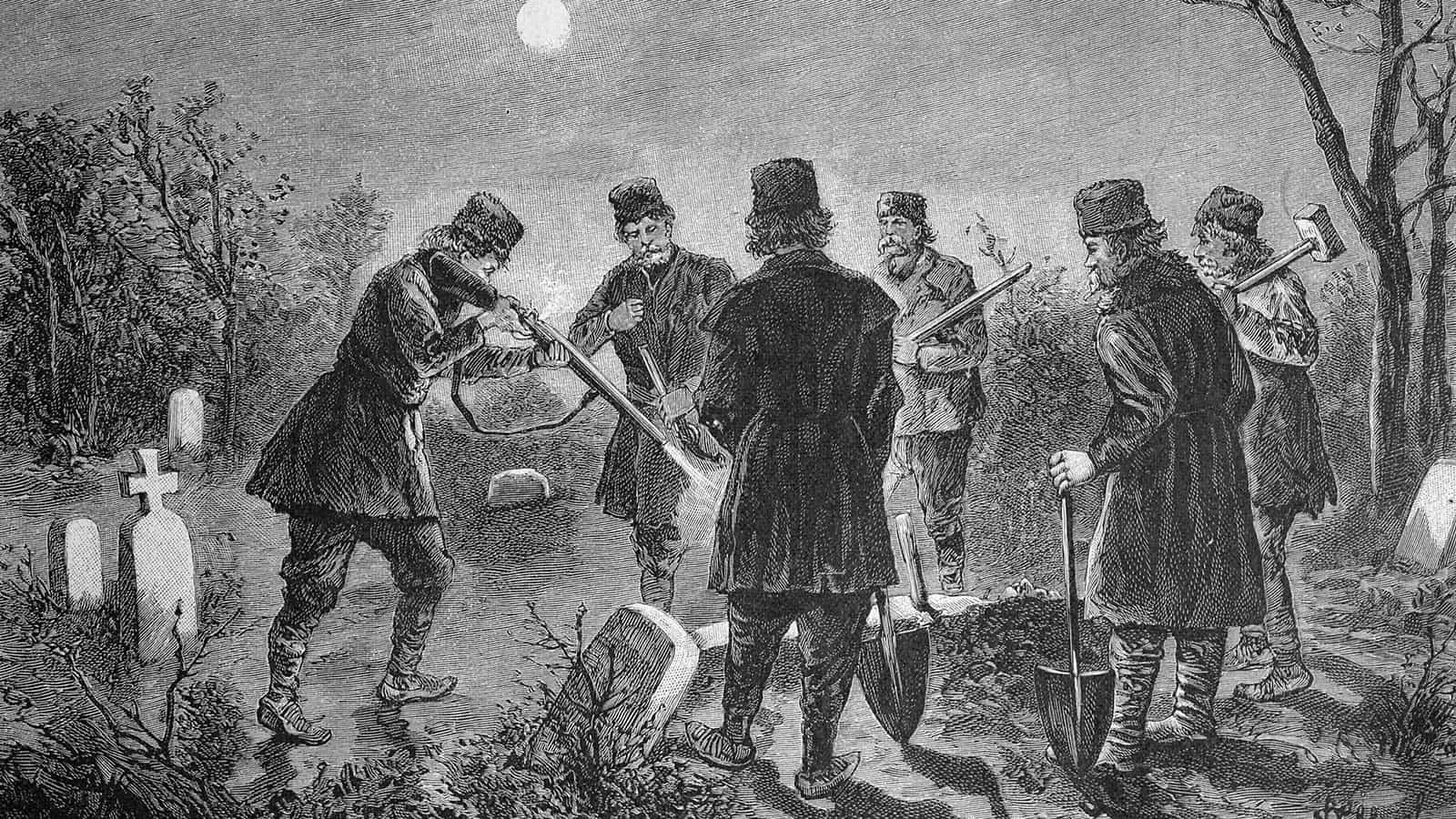
Did the New England panic inspire the modern-day Hollywood vampire?
How did the Hollywood vampire come about? It’s hard to imagine something as gnarly as Nosferatu evolving into Hollywood’s sparkling Edward Cullen. However, like most folklore, the image of the vampire alters & shifts throughout the centuries.
The Smithsonian magazine recently revealed an account of how the New England panic perhaps stirred one of literature’s most iconic vampire figures. Learn the history of how the gruesome tuberculosis spread in the 1800s may have caused people to blame vampirism.

Archaeologists find bizarre burial
In the 1990s, Connecticut archaeologist, Nick Bellantoni, uncovered a bizarre grave amidst a typical 1800s New England cemetery site. Among twenty-nine graves, which featured typical wood coffins, one burial stood out.
All the other deceased remains were placed with simply their arms resting by their sides or crossed over their chest. However, one strange red-painted coffin contained an arrangement that would shock Bellantoni. The feet lay, he remembered, “in perfect anatomical position.” Yet, when he raised the coffin, Bellantoni saw that the rest of the individual “had been completely. . . rearranged.”
The skeleton had been beheaded. Their skull & thighbones rested on the ribs & vertebrae. “It looked like a skull-and-crossbones motif, a Jolly Roger. I’d never seen anything like it,” Bellantoni explained.

Following examination revealed that the beheading, along with other injuries, including rib fractures, occurred nearly five years after death. Somebody had also smashed the coffin.

Exhuming “vampire” graves in the 1800s
It became evident that people in the area would exhume & destroy these corpses due to the belief that they were vampires attacking those with tuberculosis symptoms. In 1854, in neighboring Jewett City, Connecticut, townspeople had exhumed various corpses suspected to be vampires that were rising from their graves to feast on blood, according to newspaper accounts.
These gravesite digs were commonly discussed in newspaper articles and are easy to find, being that it was only the 1800s. One archival document shows a traveling minister’s details of an exhumation. In his daily log, dated September 3rd, 1810, he wrote that the “mouldy Specticle” was a “Solemn Site.” Even Henry David Thoreau mentions an exhumation in his journal on September 29th, 1859.

Vampire panic caused by a tuberculosis outbreak
Although the definite reason for the vampire panic remains unsolved, it’s been commonly agreed that it must have been due to the dire tuberculosis outbreak. The body from the deconstructed red coffin was tested positive for tuberculosis, or a lung disease similar to it.
It was common for a rural family to catch the illness and after killing one person, another family member would fall ill. Despite having a proper medical diagnosis, survivors would blame past victims for being vampires who preyed on family members who fell ill. Often an exhumation was called for, to stop the vampires from drinking the blood of the ill.

Festivities of exhuming a vampire
In many cases of exhuming, only family & neighbors participated. Yet, sometimes town leaders voted on the case, or medical doctors & clergymen gave their blessings to exhume & demolish the corpse.
Some communities in Maine & Plymouth, Massachusetts, chose to simply flip the exhumed vampire facedown in the grave and call it a night. However, in Connecticut, Rhode Island, and Vermont, people often burned the dead person’s heart, sometimes inhaling the smoke as a cure.
Often these rituals were private, lantern-lit events. On the other hand, particularly in Vermont, they could be public & festive occasions. One vampire heart was reportedly torched on the Woodstock, Vermont, town green in 1830.

How the New England panic inspired modern vampire tales
Even at the time, New England’s vampire panics left onlookers dumbfounded by its archaic nature. The late 1800s were a period of social progress and scientific flowering. As a result, such public exhumations made international news.
The renowned anthropologist, George Stetson, traveled to Rhode Island to probe “the barbaric superstition” in the area.
Published in the respected American Anthropologist journal, Stetson’s report of New England’s vampires reached papers around the world. One 1896 New York World clipping even made its way to a London stage manager & aspiring novelist named Bram Stoker.

His vampire masterpiece, Dracula, was published in 1897. Although several scholars have detailed that this wasn’t enough time to actually influence his work, there are still details similar to one specific exhumation he read.
The famous exhumation of Mercy Lena Brown can be seen in the character of Lucy, a consumptive-seeming teenage girl turned vampire, who is exhumed in one of the novel’s most memorable scenes.
—
As we all know, the story of Dracula would begin the vampire aesthetic of darkness, brooding, and opulence. Over the years, Hollywood vampires would draw from such a framework. From Interview with a Vampire’s Lestat de Lioncourt to Twilight’s Edward Cullen, the Hollywood vampire of today can be traced back to the crazed superstitions of 1800s New England.



